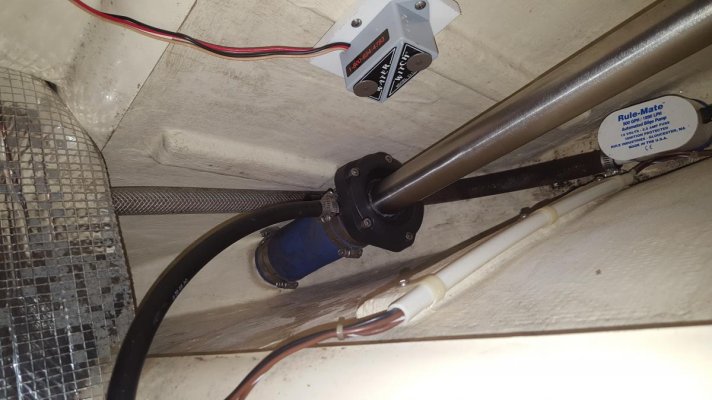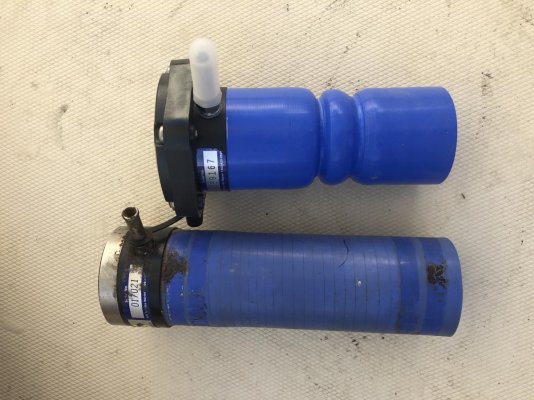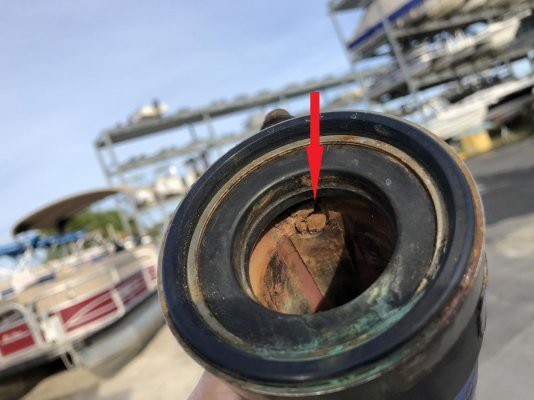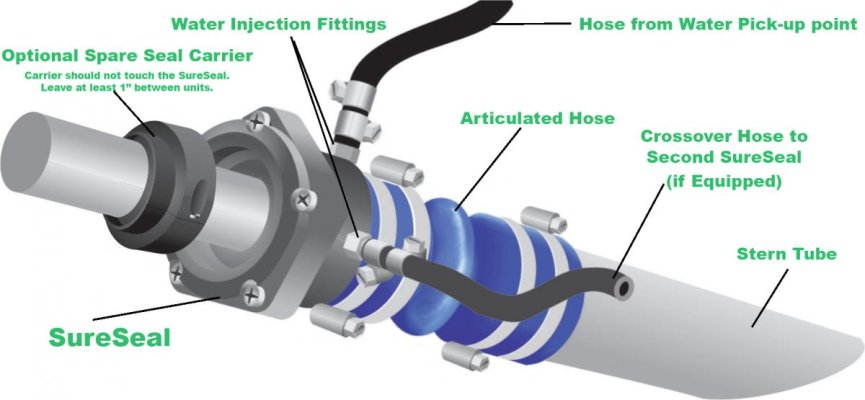PSS seals (manufacturer's recommendations) state that the seal needs replacement at 6 years (this from memory so it may be 7). This is because the rubber bellows is under constant compression and needs to hold a slight pressure between the carbon and stainless metal parts. Over time, the rubber slowly loses it's ability to maintain this compression and pressure, also depending on what it has been exposed to (diesel, oil, ozone, etc.) chemicals can cause it to degrade. There could be other issues developing over time as well such as damage to the bellows, loosening or rusty clamps, abnormal carbon disc wear, etc.
For a slightly higher cost, they now offer an upgraded bellows (as well as the standard) where the recommended replacement is 10 years instead of 6.
Many people have gone well past the OEM recommendations successfully. However, with each passing year the risk goes up. Having a failure on one of these could be a big problem, even if only emotionally.
On my purchase survey, because there was no record of when the shaft seal had been replaced (and it looked in very good condition with no leaks) he recommended replacement. My insurance company as a condition of insurance REQUIRED that I change it reasonably soon. At the time the boat was about 15 years old so I also preventatively changed the cutlass bearings, rudder seal, and serviced the prop. The shaft was good.
So for me, why risk an unexpected, possibly major failure (possibly at a remote location), possibly with denied insurance coverage, to extend past the OEM's recommendations to save a little money?? Just my thoughts.






